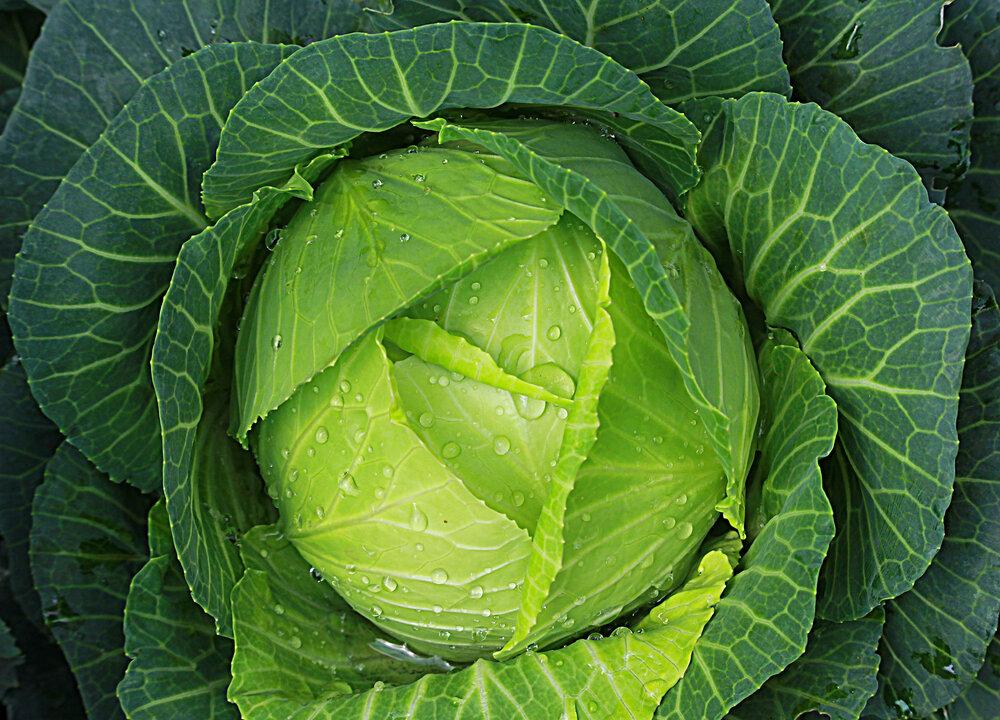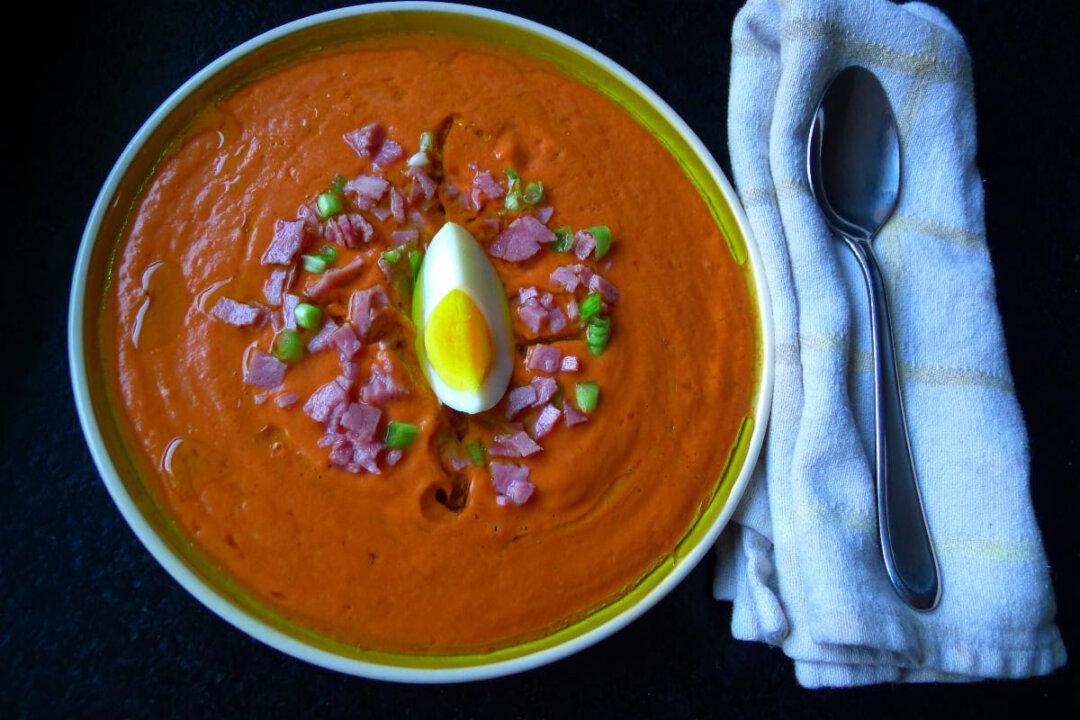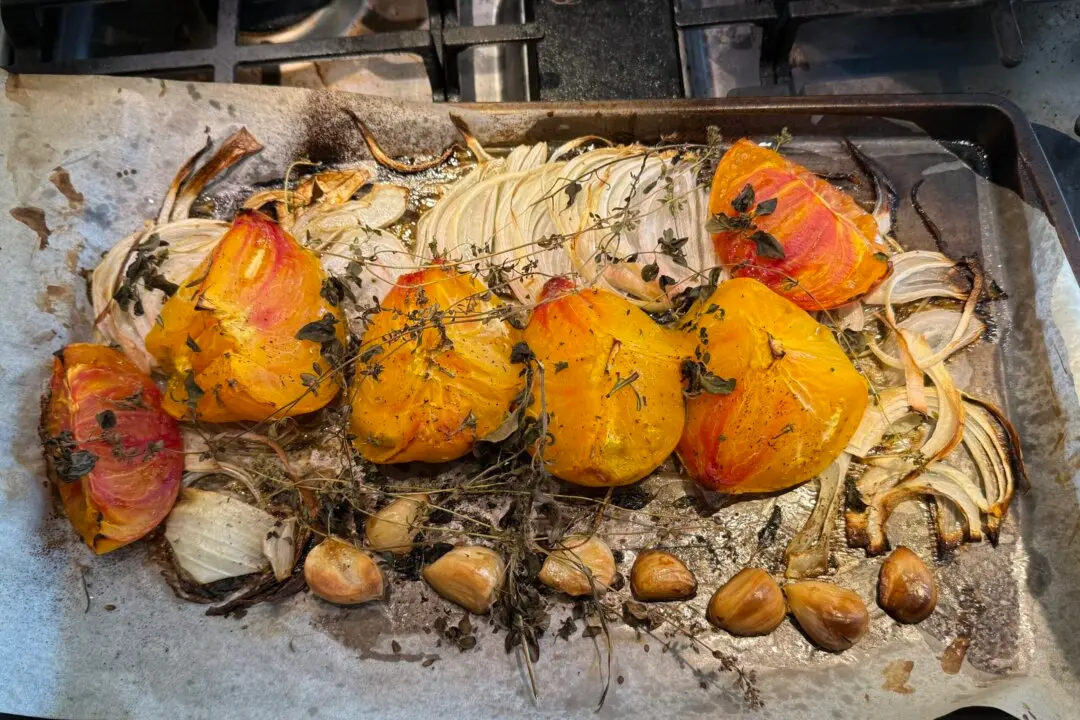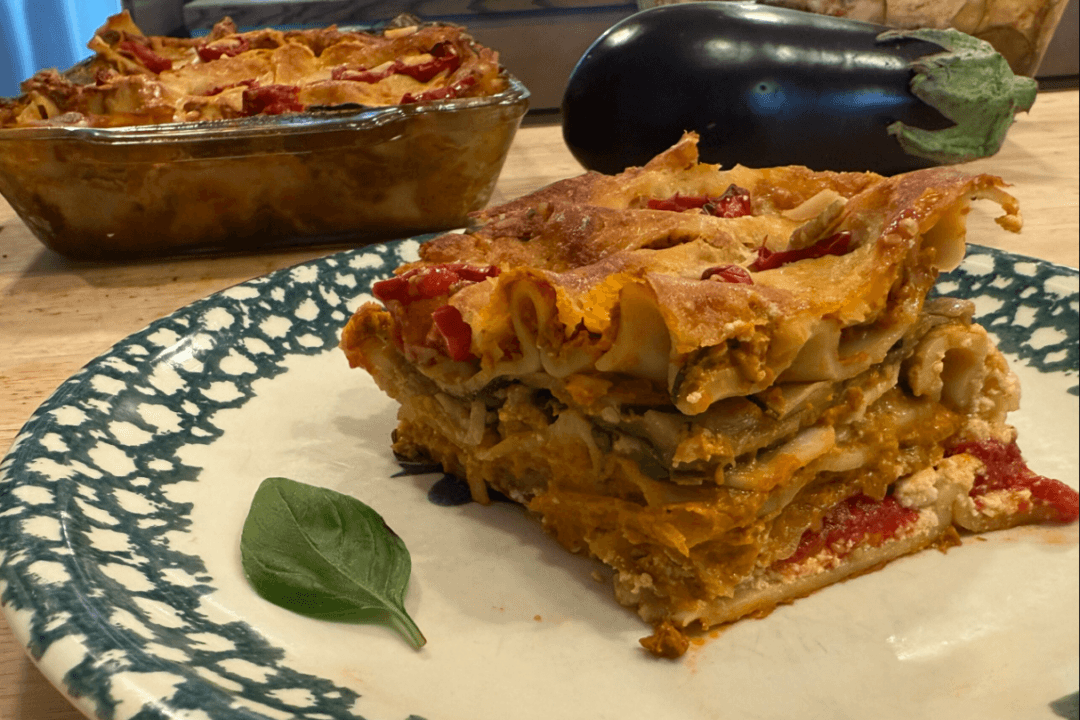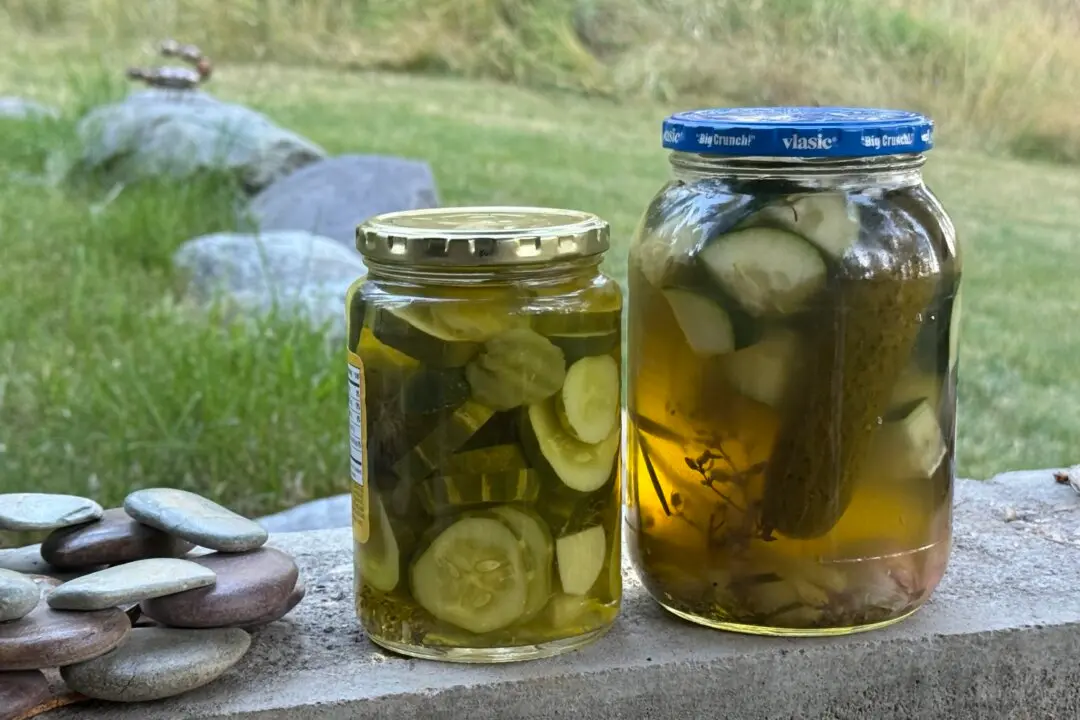Most traditional winter crops are root vegetables, such as potatoes, beets, onions, carrots, turnips, and garlic. Cabbage, being a green leafy vegetable, is a unique exception to this rule. Cabbage is also more versatile than pretty much any other vegetable, in that you can serve it cooked, raw, and fermented.
Back in the pre-supermarket days, when people lived off of their root cellars, and fresh local chlorophyll was in short supply for many months of the year, cabbage was a vitamin-rich lifeline. Today, even though we have many other options this time of year, winter is still the best time to eat cabbage, because now is when it’s the sweetest.

